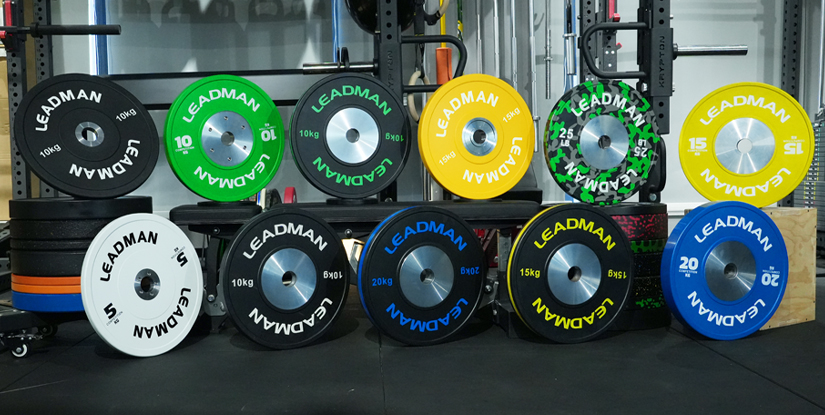Straight Arm Lat Pull Down – Technique, Benefits & Programming

Overview
The straight arm lat pull down is a targeted resistance exercise designed to emphasize the latissimus dorsi and posterior shoulder girdle while minimizing elbow flexion. Performed on a cable machine or with resistance bands, this movement strengthens the scapular depressors, reinforces proper shoulder hinge mechanics, and improves the kinesthetic awareness required for efficient pulling and overhead motions. This article provides a professional, 实用 guide to execution, programming, and common pitfalls.
Primary Muscles Targeted
- Latissimus dorsi (primary)
- Teres major
- Posterior deltoid
- Triceps long head (stabilizing)
- Scapular depressors and stabilizers (lower trapezius, serratus posterior)
Benefits
- Isolates the lats with minimal elbow flexion, useful for hypertrophy and postural training.
- Reinforces scapular depression and posterior chain activation for better posture and shoulder health.
- Accessible for all levels and adaptable to cables, bands, or pulleys.
- Complimentary to compound pulling movements—improves muscle engagement for rows and pull-ups.
Proper Setup and Execution
Equipment
Use a high pulley cable with a straight bar, rope, or V-bar. Bands may be anchored overhead for home setups. Select a weight that allows full control through the range with no lumbar compensation.
Starting Position
- Stand facing the cable, feet hip-width apart with a slight stagger if preferred for balance.
- Grip the bar with hands shoulder-width or slightly wider, palms facing down.
- Step back to create tension; hinge at the hips with a neutral spine and a slight knee bend.
- Arms remain straight (soft elbows) and elevated to about eye level or slightly above.
Execution
- Initiate by drawing the scapulae down and back—imagine pulling the shoulder blades toward the hips.
- With arms straight, drive the bar down in a controlled arc until it reaches the upper thighs or mid-thigh, focusing on lat contraction.
- Pause briefly at full contraction, then allow the bar to return to the start under control, maintaining scapular tension.
- Avoid hyperextending the lower back or bending the elbows excessively.
Technique Cues
- Keep a slight bend in the elbows—do not lock the joints.
- Lead with the scapulae, not the arms; think of pulling the ribs toward the pelvis.
- Maintain a neutral neck—avoid craning or tucking the chin.
- Use a full range of motion with controlled tempo (e.g., 2:1 eccentric).
Common Mistakes and Corrections
- Using excessive weight: reduces lat engagement and increases lumbar compensation. Correct by lowering load and improving tempo.
- Over-bending the elbows: converts the movement into a row. Keep elbows soft and constant.
- Shrugging shoulders: indicates dominant upper trapezius. Focus on active scapular depression before the pull.
- Rounding the back: shortens range and risks injury. Reinforce hip hinge and core bracing.
Variations and Progressions
- Single-arm straight arm pull down: improves unilateral strength and corrects asymmetries.
- Band straight arm pull down: great for beginners and for variable tension through range.
- Incline or kneeling variations: change torso angle to emphasize different fiber recruitment.
- Tempo manipulation and isometric holds at peak contraction for hypertrophy and motor control.
Programming Recommendations
For strength and motor patterning, perform 3–5 sets of 6–10 reps with controlled tempo and moderate load. For hypertrophy and endurance, use 8–15 reps with shorter rest intervals. Integrate this exercise as accessory work 1–3 times weekly, especially on back or pull-focused days. Prioritize technique over load and progressively increase resistance once form is consistent.
Equipment Selection and Maintenance
Choose a durable cable system with a smooth pulley and a comfortable, non-slip bar. For bands, select appropriate resistance that challenges the lats without forcing elbow bend. Regularly inspect cables, carabiners, and bands for wear and replace as needed to maintain safety and consistent tension.
Safety Considerations
- Warm up the shoulders and thoracic spine prior to heavy sets.
- Monitor for pain in the anterior shoulder or wrists; modify grip or angle if discomfort occurs.
- Maintain core engagement to protect the lumbar spine throughout the movement.
9 FAQs
1. Is the straight arm lat pull down better than traditional lat pulldowns?
They serve different purposes: straight-arm emphasizes lat isolation and scapular control; traditional pulldowns involve more elbow flexion and overall lat development.
2. Can beginners perform this exercise?
Yes. Use lighter resistance or bands and focus on scapular control and hip hinge mechanics.
3. How many sets and reps are optimal?
3–5 sets of 6–15 reps depending on goal: lower reps for strength, higher reps for hypertrophy/endurance.
4. Should I keep my elbows locked?
No. Maintain a soft bend to protect the elbow joint while keeping arms predominantly straight.
5. Does it help with pull-up strength?
Yes. It strengthens the lats and scapular mechanics, which support pull-up performance.
6. Can bands replace cables?
Absolutely. Bands provide a portable and effective alternative with variable resistance.
7. What are signs of incorrect form?
Common signs include lumbar arching, excessive elbow bend, and shoulder shrugging.
8. How do I progress the exercise?
Increase resistance, add tempo variations, switch to single-arm, or introduce isometric holds.
9. Any contraindications?
Avoid heavy straight-arm work with uncontrolled shoulder instability or acute shoulder pain; consult a clinician.

